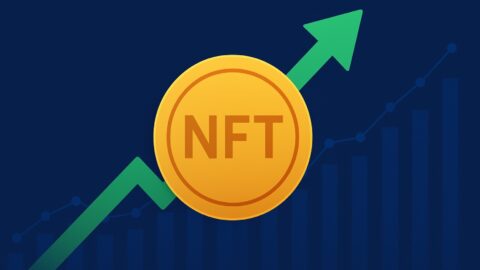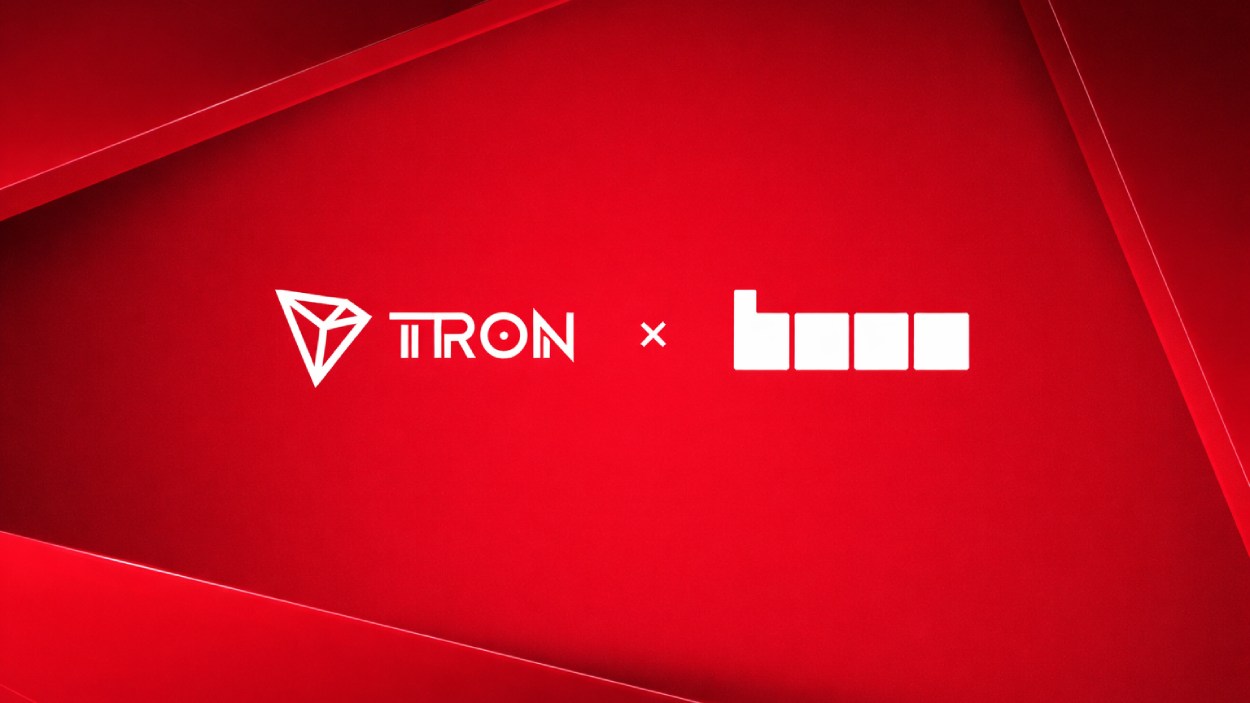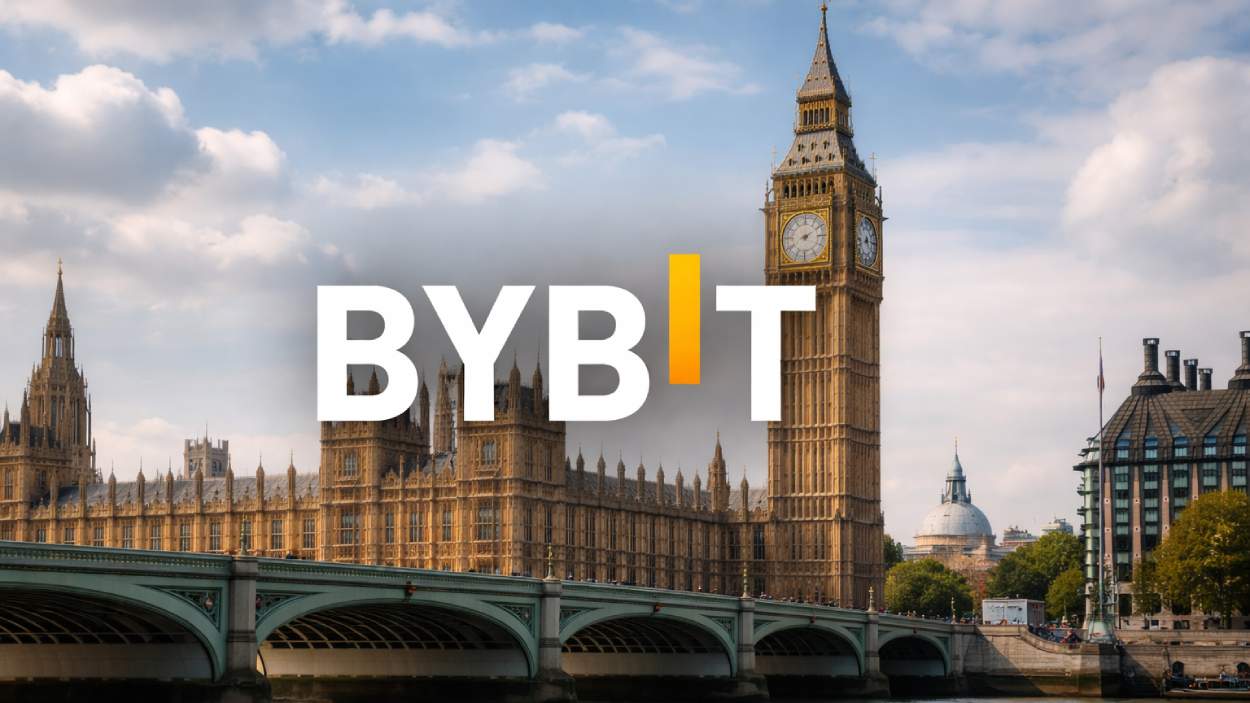Nvidia’s stock is benefiting from Alphabet’s surging AI demand, as Google Cloud ramps up its infrastructure spending to meet a staggering $106 billion order backlog.
Key Takeaways
- 1Google Cloud’s order backlog hit $106 billion, fueled by explosive AI adoption.
- 2Alphabet raised its 2025 capital spending forecast by $10 billion to expand AI data centers.
- 3Nvidia could generate $200 billion in fiscal 2026 revenue, with data centers driving 90 percent of sales.
- 4Chinese regulatory review of Nvidia’s H20 chips and ongoing U.S.-China trade tensions present market risks.
What Happened
Nvidia shares hit an all-time intraday high of $183.30 before closing at $177.87 on July 31, after strong AI-driven market news from Alphabet. Google Cloud’s revenue jumped 32 percent year over year in Q2 2025, and its Gemini AI usage surged 35 times from last year. Alphabet’s capital spending forecast now sits at $85 billion, with the additional $10 billion earmarked for AI infrastructure.

Google Cloud’s AI Explosion Fuels Nvidia
Alphabet’s second-quarter results underscored how AI adoption is driving unprecedented demand for data center computing power. Over 85,000 enterprises are now building software on Google Cloud’s Gemini models, and nearly every AI unicorn startup relies on its infrastructure.
The surge in usage led to a 38 percent increase in Google Cloud’s order backlog, reaching $106 billion. CEO Sundar Pichai responded by raising the company’s 2025 capital expenditures to $85 billion. This infrastructure expansion is a direct tailwind for Nvidia, whose graphics processing units (GPUs) dominate AI workloads in global data centers.
Nvidia Positioned for Record Revenue
Wall Street expects Nvidia to generate $200 billion in fiscal 2026 revenue, a 53 percent jump from the prior year. About 90 percent of this revenue comes from its data center segment, which benefits from the type of AI-driven spending Alphabet is leading.
Nvidia’s Blackwell Ultra GPUs offer up to 50 times the performance of its older Hopper chips, and CEO Jensen Huang has warned that advanced reasoning AI models require up to 1,000 times more computing power than traditional language models. With demand far outpacing supply, Nvidia remains the market leader despite intensifying competition from AMD and Intel.
Opportunities and Risks in Global Markets
While Nvidia’s stock has surged 1,100 percent since 2023, it trades at a price-to-earnings ratio of 57.7, slightly below its 10-year average of 60.4. Analysts note this could indicate room for further upside if data center spending continues to rise.
However, the company faces regulatory risks in China, where authorities are reviewing its H20 AI chips over security concerns. Nearly one million H20 chips are stockpiled for the Chinese market, but U.S.-China trade restrictions add uncertainty to future sales.
CoinLaw’s Takeaway
I see this as a textbook example of how AI adoption is rewriting the tech market playbook. Google’s aggressive data center expansion is basically a free advertisement for Nvidia’s dominance in AI chips. If Pichai keeps pouring billions into infrastructure and other cloud giants follow suit, Nvidia’s revenue could hit levels that seemed impossible just a few years ago.
Still, investors need to keep an eye on China’s regulatory stance and supply chain risks. For now, Nvidia looks like the clear winner in the AI arms race, and Google just handed it another rocket boost.

























































